Brussels study visit on urban road safety 2024

A delegation with representatives from the Portuguese National Road Safety Authority (ANSR) and the City of Cascais, as well as a representative of the City of Munich, the European Commission, and ETSC, participated in a study visit focused on urban road safety in Brussels on October 10-11, 2024.
The visit was hosted by the Brussels Regional Service Bruxelles Mobilité, and led by Isabelle Janssens, Coordinator of the Road Safety unit, as part of the EU Road Safety Exchange project.
The program began with an overview of the Brussels road safety action plan, outlining the city’s strategic, legislative, and practical efforts in improving road safety. This included changes to mobility planning, the introduction of lowered speed limits, consistent enforcement, and active communication with the residents.
The action plan was built on three main pillars: good neighborhoods, safe streets, and the ’30-city’ initiative.

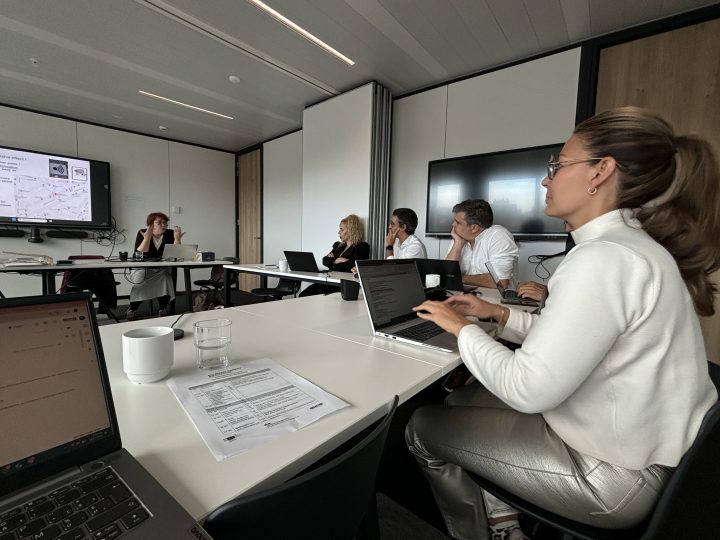
Colleagues from Bruxelles Mobilité explained how the regional government involved each of the 19 Brussels municipalities in the road safety action plan.
The regional government worked with local governments to appoint a responsible person for developing each commune’s local action plan, ensuring it aligned with the priorities and foundations of the overall regional plan.
The Portuguese representatives of ANSR presented their work on mobility and road safety planning, highlighting the cooperation between the national and local levels.
A representative from the city of Cascais discussed the city’s mobility policies, ongoing changes, and the challenges it faces in reducing car dependency and promoting safe and active mobility alternatives.
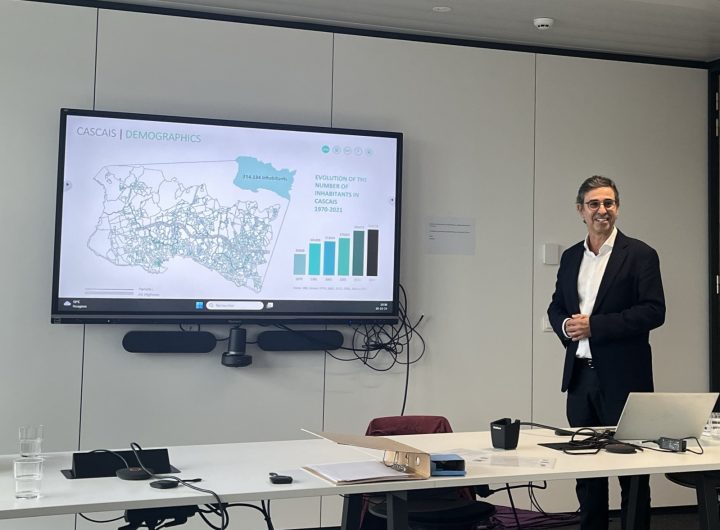

Participants discussed one of the key pillars of the road safety action plan – the ’30-city’ initiative. Colleagues shared Brussels experience of transforming most areas of the city into 30 km/h zones, significantly reducing speeds across the region.
Targeted road safety interventions are possible in the Brussels Region also thanks to the work on ZACA (high accident concentration areas), that was explained to the delegates.
Enforcement efforts, particularly the use of speed cameras and strategic policies for their deployment within the city, were also looked at. Lowering speed limits helps reduce speed, but effective enforcement and clear communication about the new limits were essential for the Brussels system to work.
Experience with fixed speed cameras, along with mobile cameras (Lidars) that are used in different locations on different days, has proven effective in achieving the desired results. Current analysis shows that speed limits within the city have successfully been reduced, even on roads where the limit remains 50 km/h.
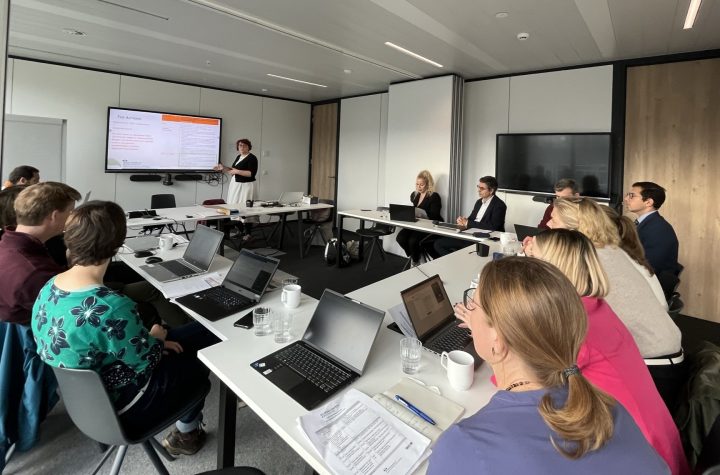

Participants learned about the diagnostic tools used by Bruxelles Mobilité to plan their road safety work. In-depth mapping tools help track changes in different areas of the city over time, speed maps show average speeds in various districts, and a measures map displays the progress each commune is making in their road safety efforts.
Despite the rain, the EURSE delegation went on a walking tour to observe and learn about the city’s infrastructure development. The tour focused on traffic calming measures and new measures for cyclists and pedestrians, showcasing how Brussels is redesigning streets to improve safety and mobility for all road users.
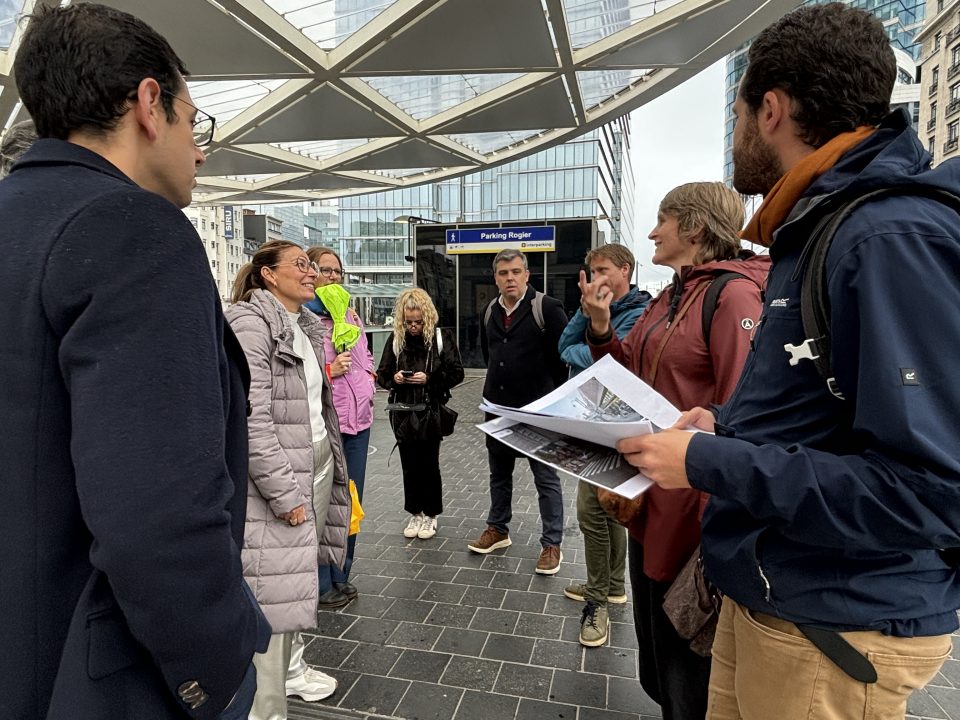
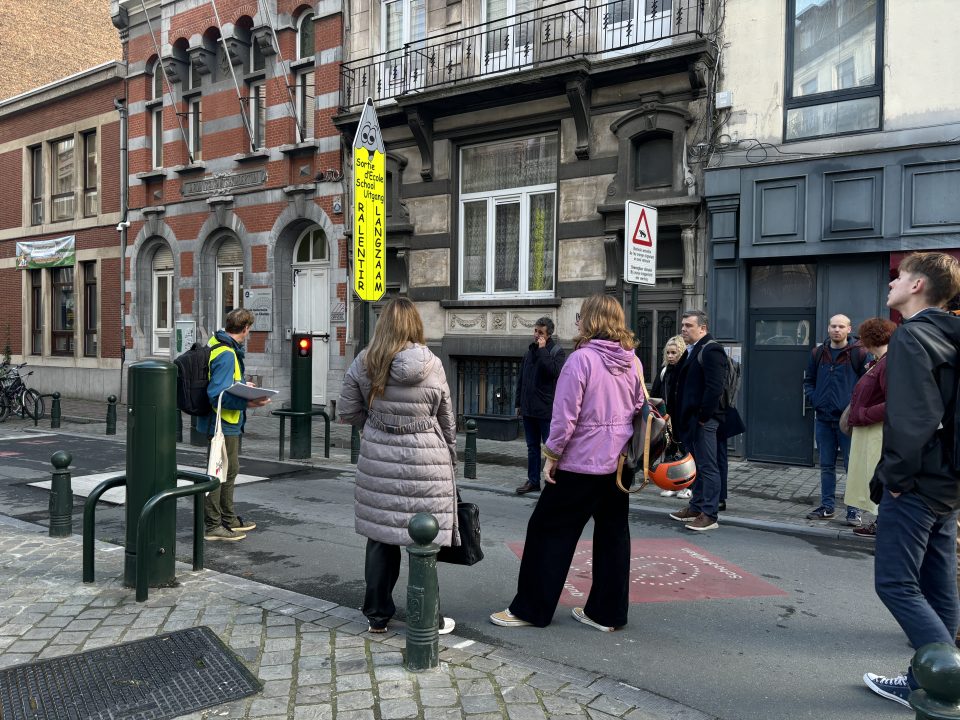
The second day of the visit focused on safe mobility for children. It started with a walking tour to see firsthand the school entrance on the “school streets” in Brussels city. Participants had the chance to see how these areas were redesigned to improve safety and minimise traffic congestion during busy school hours.
This included specific markings, automatic retractable bollards and various types of calming traffic measures.
Presentations on the topics of children’s safety and mobility followed, explaining various projects implemented in different schools across Brussels, as well as the Cascais experience on this subject.
Some of the road safety education materials used in schools were presented to the participants.
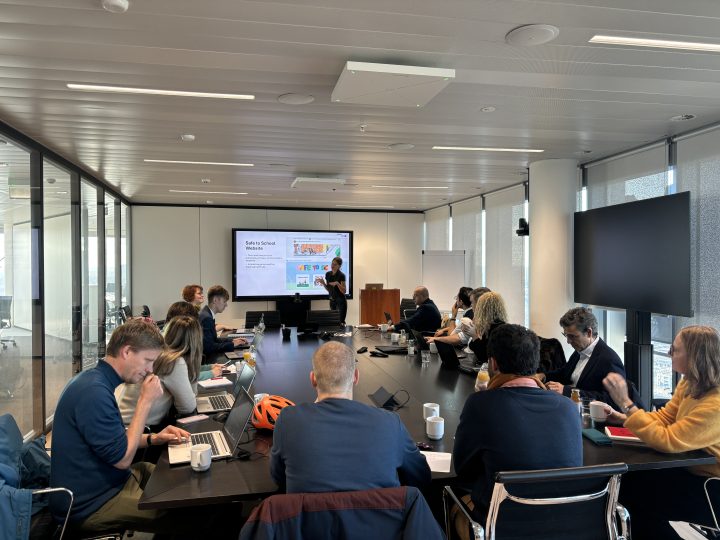
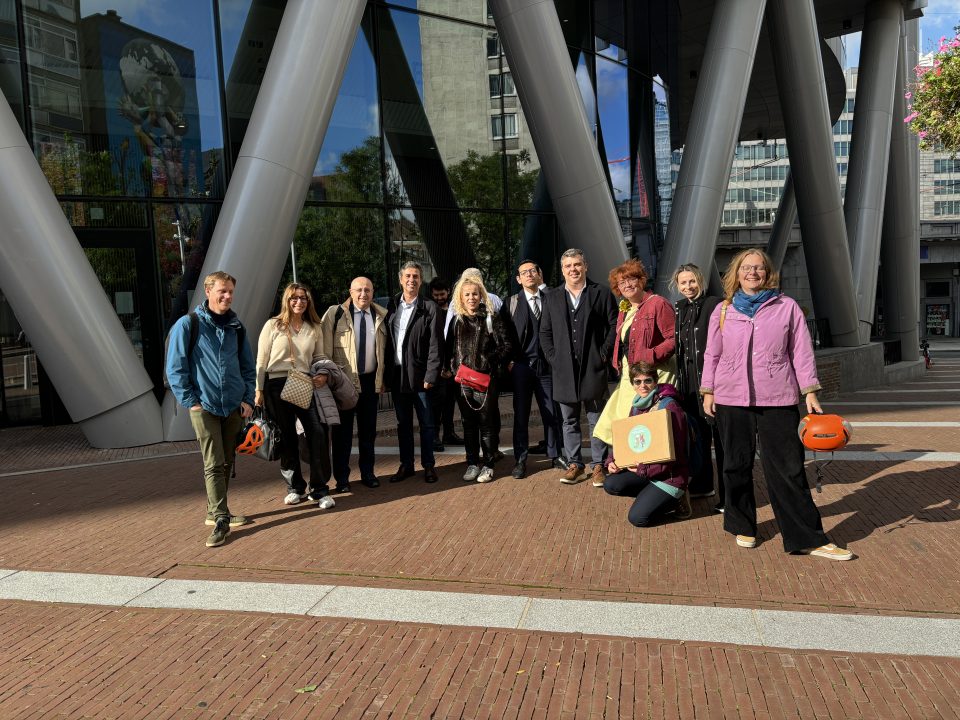
The two-day study visit concluded with a visit to the Brussels Mobility Management Centre, where the delegation was shown the work on traffic management, specifically regarding traffic safety in and around tunnels.
The study visit wrapped up with a discussion on the key insights gained and possible areas for future work in the context of the project. A follow-up workshop is planned in Portugal in the spring of 2025.